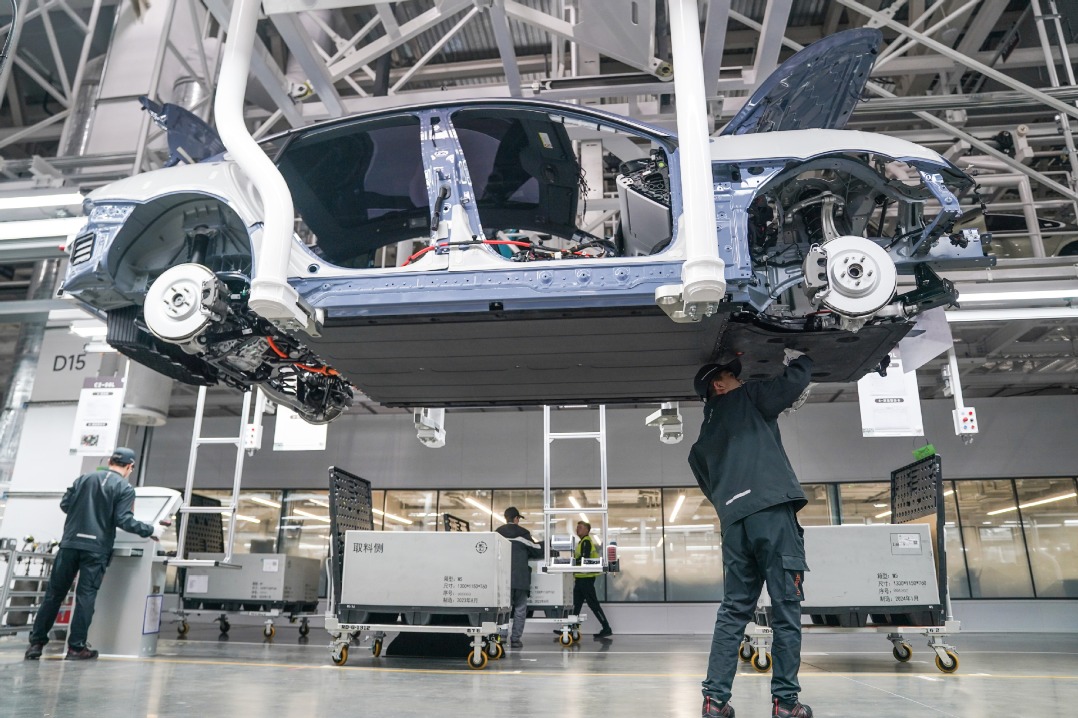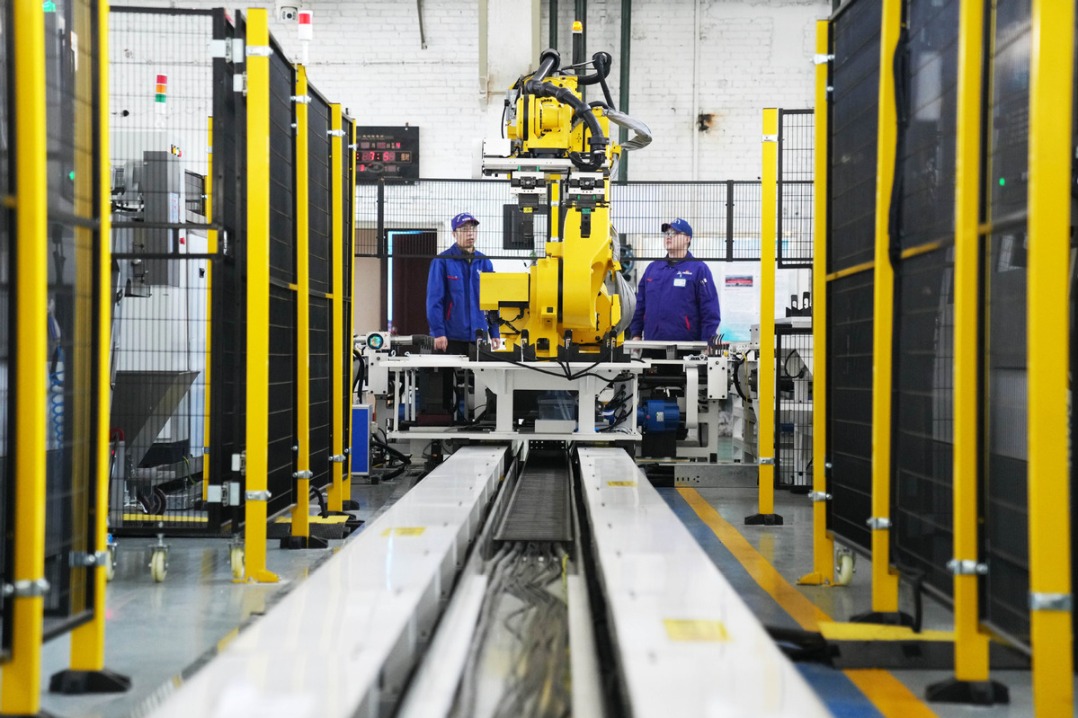Business environment

Modern Logistics
The overall competitiveness of logistics in Shenzhen leads other cities in China, with an operating efficiency close to the standards of second-tier developed countries.
Basics of logistics
The logistics industry in 2015 yielded 178.27 billion yuan of added value, growing 9.35 percent from 2014 and accounting for 10.19 percent of the city's GDP, which indicates the logistics industry's increasing support to the city's economy. In 2015, the societal logistics expenditure was more than 233.19 billion yuan, up 2.81 percent from 2014, comprising 13.32 percent of the city's GDP.
Logistics companies
By the end of 2015, there were 85 key logistics enterprises in Shenzhen. The traditional service of logistics has been speeding up its transformation towards third-party logistics and supply chain management. Many enterprises with supply chain management and large numbers of leading enterprises in third-party logistics have set up their headquarters in Shenzhen, making the logistics management efficiency of the city reach the level of moderately developed countries. SF Express is the largest private express enterprise in China; China Merchants Logistics, whose assets rank first among all third-party logistics enterprises, owns a network of logistics distribution that covers all third-tier cities and above.
Five logistics parks
Shenzhen is home to five major logistics parks: Yantian, Longhua, Pinghu, Sungang-Qingshuihe and airport logistics parks. By the end of 2015, several logistics park projects had been built, including Eternal Asia Supply Chain Industrial Base, Yuehai Global South China Logistics Supply Chain (Phase II), South China International Logistics Center, Haijixing International Agricultural Product Logistics Hub.
China (Shenzhen) International Logistics & Transportation Fair
The 2015 China (Shenzhen) International Logistics & Transportation Fair, jointly organized by the Ministry of Transport and Shenzhen Municipal Government, was held from Oct. 14-16 at Shenzhen Convention and Exhibition Center. The exhibition provided 15 display areas and 1,950 booths, with an exhibition area of 60,000 square meters. Twelve high-end forums were also held. It attracted 130,000 visitors and purchasing agents from 70 countries and regions.
Cultural Industry
Since 2003, when Shenzhen took the lead in China for establishing strategies for developing a culture-based city, the local cultural and creative industries have achieved robust growth, with an annual growth rate of more than 20 percent. The cultural and creative industries yielded an added value of 175.7 billion yuan in 2015, among the highest in the country. From 2004 to 2014, the added value produced by the cultural and creative industries accounted for 4.6 percent to 10 percent of the city's GDP. The sector has become an important engine for rapid and healthy economic development.
Industrial bases
With 42 cultural and creative industrial parks and 20 cultural and creative industrial bases, Shenzhen has formed a clustered cultural and creative industry. There are 13 State-level model bases for the cultural industry, covering areas including creative design, cultural software, animation and games, new media, cultural information services, intangible cultural heritage, high-end arts and crafts, digital publishing, cultural tourism, high-end printing, and industrial education and training.
Sectors with a competitive edge
Shenzhen is where China's modern graphic design industry was born. Local industrial design and indoor design take a large percentage of the national market. Animation and gaming industries, cultural software services, Internet information services, digital TV and digital audio industries have gained momentum in growth. Shenzhen is home to China's largest high-end printing industry, taking 60 percent of the national market.
City of design
Shenzhen was accepted as a member of the Creative Cities Network by UNESCO on Nov. 19, 2008, and named a UNESCO City of Design, becoming the first Chinese city to win the honor. It was the sixth city in the world to earn the title.
ICIF
Cosponsored by the Guangdong Provincial Government, Shenzhen Municipal Government and State institutions, the annual China (Shenzhen) International Cultural Industries Fair (ICIF) is certified by the UFI. The only State-level cultural expo in China, it is held in Shenzhen each May.
International cultural trade base
In December 2013, Shenzhen Creative Information Hub built the national International Cultural Trade Base and made it the third base that was granted by the Ministry of Culture after Beijing and Shanghai and the first of its kind in South China. The base will utilize State preferential policies, international trade channels and international communication platforms to create a cultural trade service chain highly integrated with cultural and creative industries.
Dafen Oil Painting Village
Located in Buji Subdistrict, Longgang District, the 4-square-kilometer village is the world's largest mass producer of oil paintings, essentially an art factory. Originally conceived by Hong Kong businessman Huang Jiang, who began production with a dozen artists in 1989, the village has grown in leaps and bounds over the past 20 years. About 15,000 artists and craftsmen work in more than 40 factories and 800 studios and workshops.
Guanlan Printmaking Base
Located in Bao'an District, the base perfectly combines modern printmaking with traditional Hakka buildings. It has become a State-level model base with a sound environment and good economic returns.
MOST POPULAR
- 1 A look at China's economy in Q1 of 2024
- 2 China to remove foreign ownership restrictions in value-added telecom services in pilot areas
- 3 Query service of A Guide to Working and Living in China as Business Expatriates launched
- 4 Clear negative lists to speed up services trade
- 5 Canton Fair opens in China with surge in overseas purchasers
Editors' Picks
 Infographic:
How to understand China's production capacity
Infographic:
How to understand China's production capacity
 Infographic:
Milestones of China's journey to space
Infographic:
Milestones of China's journey to space





